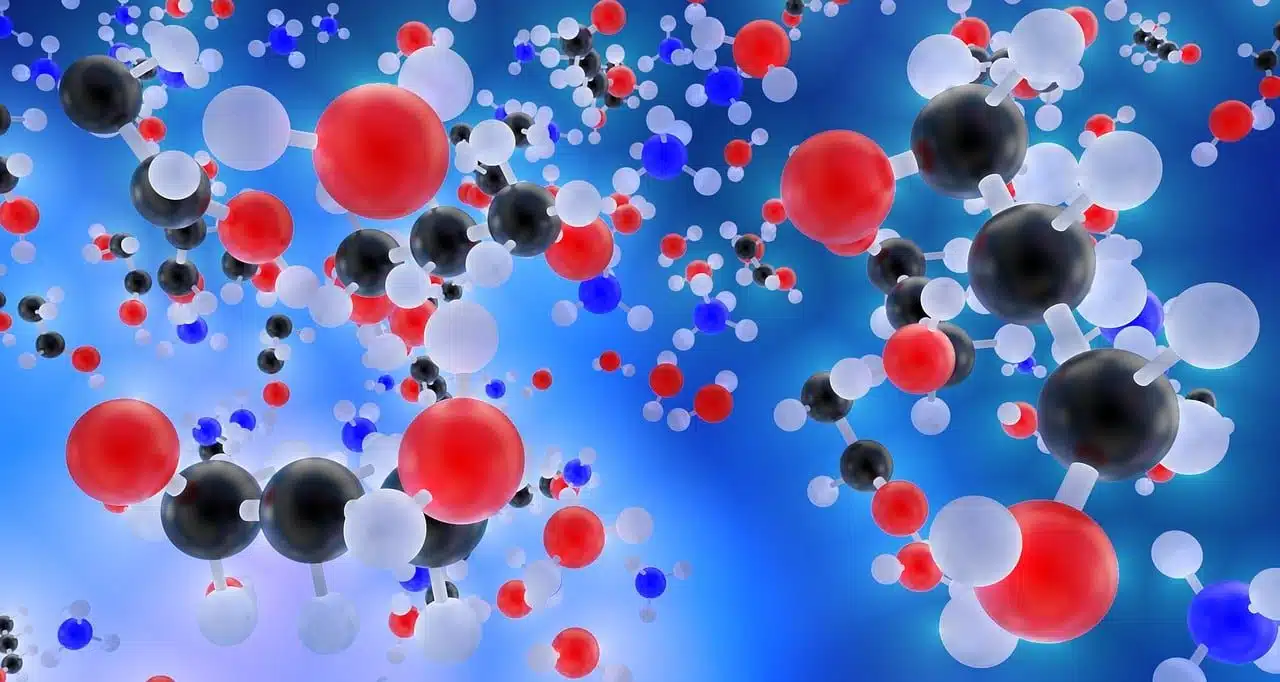
The intermolecular force is the interaction between molecules.
Force is a term derived from the Latin fortia that has sixteen definitions in the dictionary of the Royal Spanish Academy (RAE) .
According to the RAE , strength describes strength , robustness , power and the ability to remove or move something or someone that has weight or that exerts resistance (for example, strength is needed to hold a rock); the concrete channeling of physical or moral power ( "He has a lot of strength, he will be able to recover from this misfortune" ); the ability to resist a push or support a weight (such as the strength of columns); the intrinsic characteristics that objects have by themselves; and the act of forcing someone to do something, to mention a few meanings.
Strength is also the most vigorous state of something (as occurs when highlighting the strength of youth), a square conditioned for defense tasks , a sash that is sewn with the purpose of making a fabric more resistant, and war people ( military forces).
The concept in physics
For physics , force is any action, effort or influence that can alter the state of movement or rest of any body . This means that a force can give acceleration to an object, modifying its speed , its direction or the direction of its movement.
The first physicist to describe the concept of force was Archimedes , although he only did so in static terms. Galileo Galilei gave it the dynamic definition, while Isaac Newton was the one who could formulate the modern definition of force in mathematical form.
Types of force
According to the physics definition of this concept, force is the result of the mass of something times its acceleration ( F= mass x acceleration ). Depending on the perspective and results, three types of forces are recognized:
- Electrical : It is done with an energy source that moves at a certain speed within a magnetic field, transforming the energy into electricity.
- Mechanical : Produced by a mechanical object with a certain intensity and that causes changes in the receptor.
- Magnetic : Exerted from one pole to another and as a consequence of the movement of charged particles such as electrons, for example.
For this interaction to take place, there must be an agent (entity that performs the force) and a receiver (a body that receives it). It should be clarified that this action will have different results if there is more than one agent or several receptors and if the distance between the different elements differs.
The effect produced by the force on a body can be a modification in the state of movement (a ball is rolling in one direction and someone kicks it in the opposite direction), in its speed (someone pushes a hammock backwards so that when thrown it increases its speed) or in the shape of the receiver (pizza dough changes its shape when kneaded).

The study of forces is key in engineering and architecture.
Other classifications
In sociology there is a concept called labor force . This is the name given to the physical and mental conditions of every human being and which puts them into practice in order to produce a precise good.
According to Karl Marx 's theory, labor power in capitalist society becomes a commodity whose value is work in exchange for wages. In this theory the work force was also called labor .
It should be noted, on the other hand, that fundamental forces are those that cannot be explained in terms of other more basic forces, such as the gravitational or gravity force, the electromagnetic force, the strong nuclear force and the weak nuclear force.

An air force is dedicated to controlling airspace and providing support to ground and naval forces.
Examples of force
A well-known example of gravitational force is the fall of an apple from a tree . Legend has it that Isaac Newton , upon observing how the fruit fell off an apple tree and headed towards the ground, came to the conclusion that the Earth exerted an attraction. Any object that is thrown upward and then falls, moves due to the force of gravity. The same can be said for the person who jumps and immediately returns to the surface. It is interesting to note that Newton never wrote about the famous apple, but rather told his supposed observation to a biographer.
Another example of force in action is someone pushing a heavy box and dragging it . In this case, a friction force or friction force is exerted that overcomes the resistance of the object and causes it to leave its state of rest. What the subject does is apply a muscular force, developing tension with his muscles.
Let's now think about a magnet that sticks to the refrigerator . A magnetic force holds it, preventing it from falling.
If we focus on centrifugal force , we can mention the example of someone who spins some pelotas over his head before throwing them . This force drives the gun balls away from the center as they rotate.
